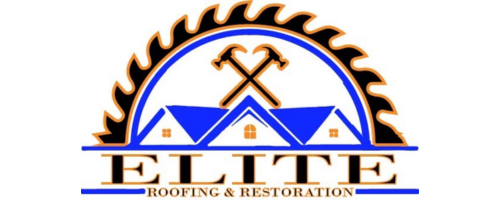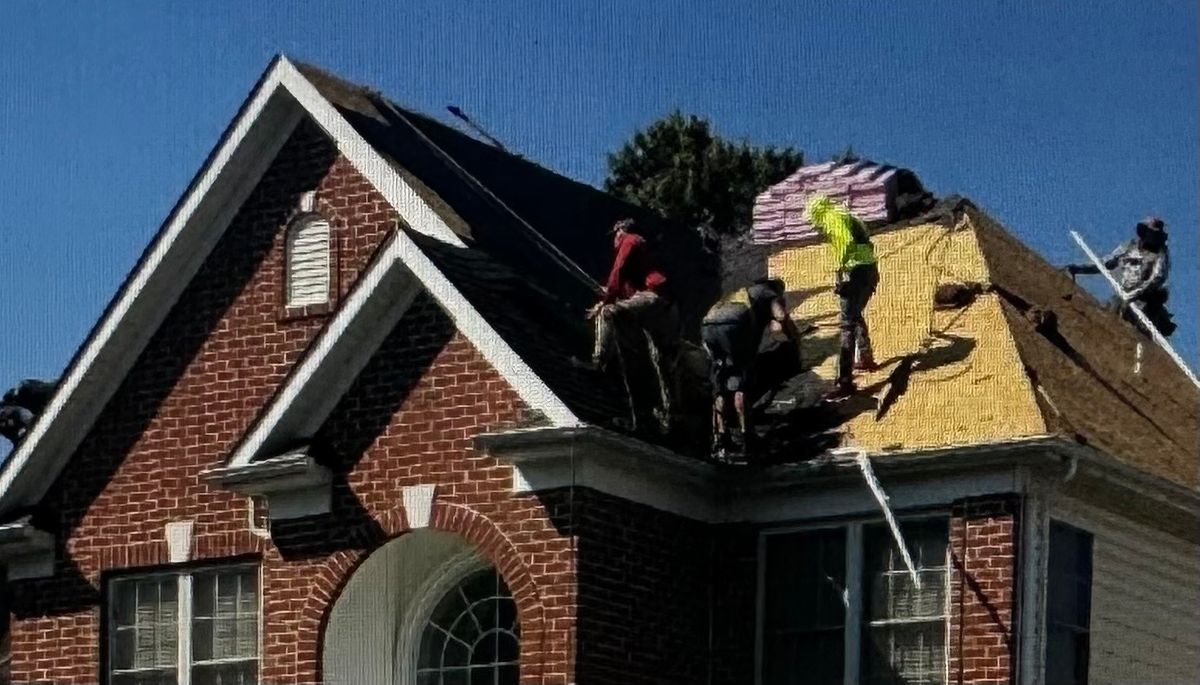Your roof is one of the most important parts of your home, Yet it's often the most overlooked until a major issue arises. Roofing problems can lead to costly repairs, water damage, and even structural issues if not addressed early. The good news? Most common roofing problems can be prevented with regular maintenance and a few proactive steps. Let's break down the most frequent roofing issues and how you can stay ahead of them.
1. Leaks and Water Damage
The Problem: Leaks are often caused b broken shingles, cracked flashing, clogged gutters, or improper installation. Over time, water can seep through, leading to mold, mildew, and wood rot.
How to Prevent It:
- Inspect your roof twice a year(spring and fall) and after major storms
- Check for missing or damaged shingles, especially around chimneys, vents, and skylights
- Make sure gutters are clear of debris so water can drain properly
- Seal any cracks in flashing and replace worn-out materials promptly
2. Damaged or Missing Shingles
The Problem: Shingles can curl, crack, or go missing due to age, weather conditions, or improper installation. Once the shingles re compromised, your roof is vulnerable to leaks and structural damage.
How to Prevent It:
- Choose high-quality shingles suited for your climate.
- After storms, walk around your home and look for shingles on the ground or visible gaps on the roof.
- Schedule annual professional inspections to catch early signs of wear and tear
3. Ponding Water
The Problem: Flat Roofs and low-slope roofs are particularly prone to ponding water, where water collects and doesn't drain. Over time, this can lead to leaks and sagging areas.
How to Prevent It:
- Ensure your roof has proper drainage systems like internal drains or scuppers.
- Keep gutters and downspouts clean and functional
- Re-grade or re-pitch areas of your roof if ponding becomes a recurring problem
4. Flashing Failures
The Problem: Flashing seals areas around vents, chimneys, and skylights. When flashing deteriorates or becomes loose, it creates an entry point for water.
How To Prevent It:
- Inspect flashing during regular roof checks.
- Replace old or damaged flashing with high-quality materials
- Hire experienced roofers for installation to ensure a tight, durable seal
5. Moss and Algae Growth
The Problem: In humid or shaded areas, moss and algae can grown on your roof, trapping moisture and accelerating deterioration.
How To Prevent It:
- Trim trees back to allow more sunlight on your roof
- Install zinc or copper strips at the roof's peak, rainwater will carry the metal down the roof, killing moss and algae.
- Clean your roof gently with a soft-bristle brush and appropriate cleaning solutions (avoid pressure washing, which can damage shingles)
6. Poor Ventilation
The Problem: Without proper ventilation, heat and moisture can build up in your attic, causing shingles to age prematurely and increasing the risk of mold growth.
How To Prevent It:
- Ensure your attic has adequate intake and exhaust ventilation.
- Check for signs of poor ventilation like ice dams in winter, excessive heat in the attic during summer, or high energy bills.
- Consult a roofing professional to design a balanced ventilation system.
A healthy roof doesn't just protect your home, it protects your investment, your belongings, and your peace of mind. Routine inspections, quick repairs and smarty preventative measures are key to extending the life of your roof and avoiding expensive headaches. If your unsure about your roof's condition or spot any of the warning signs above, don't wait. Call a professional roofing company to schedule a thorough inspection and get expert advice tailored to your home.
Need help with your roof? Contact Elite Roofing and Restoration today for a FREE Inspection! You can reach us by calling 312-638-0069 or by emailing sales@elite-rr.com. We look forward to hearing from you!

